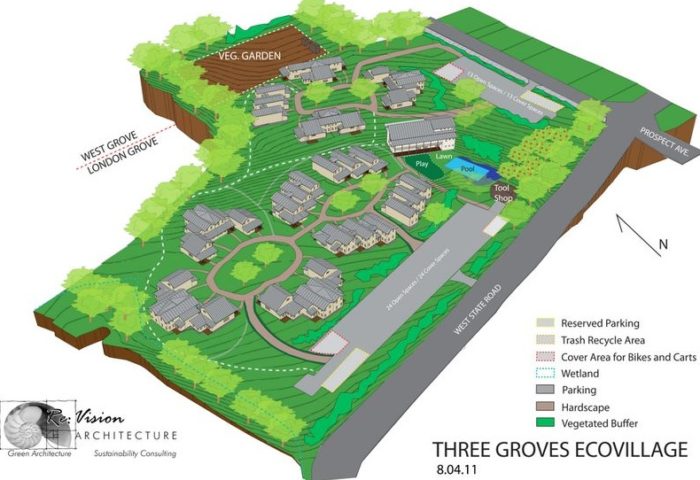
Image Credit: Re:Vision Architecture
Image Credit: Re:Vision Architecture Three Groves will include attached homes in a variety of configurations, from 1,193-sq.-ft. one-bedroom to 1,965-sq.-ft. four-bedrooms. All units, except the one-bedrooms, will have two full baths. First-floor layouts of all Three Groves units are similar, while second-floor plans vary according to the number of bedrooms in the unit. One- and two-bedroom units can be expanded in the future to include an extra bedroom. Three Groves is being designed to qualify for LEED for Homes Platinum certification.
Planned for a site about 30 miles west of Philadelphia, Three Groves Ecovillage will add to the uptick in cohousing communities that have embraced energy efficiency and other green building goals.
As currently designed, Three Groves will include solar thermal and photovoltaic systems with enough capacity to allow the community to operate at net zero energy. Its site management, construction, and materials strategies, meanwhile, are aimed at earning the project LEED for Homes Platinum certification.
Cohousing has so far found its way to 38 states, according to the Cohousing Association of the United States, whose directory lists almost 250 cohousing projects in the U.S. Eight of those projects are in Pennsylvania. And though not all ecovillages adopt the characteristics of cohousing communities (such as a resident-directed site plan that clusters residences around a common house), many cohousing communities have embraced ecovillage concepts of environmental stewardship, which typically include energy-efficient housing and renewable-energy systems.
Ecovillage and cohousing compatibility
Abundance EcoVillage, a community of 14 homes on 15 acres in Fairfield, Iowa, for example, is not a cohousing development, although the homeowners there do share the cost of maintaining the community’s renewable-energy systems – two wind turbines (one with a capacity of 3 kW, the other with a 5 kW potential output), and a 7-kW photovoltaic array.
Meanwhile, EcoVillage at Ithaca, in upstate New York, is a true cohousing community of 60 units whose planned third neighborhood, a 40-unit project, is expected to include about 25 homes built to the Passivhaus standard.
Three Groves Ecovillage homes, nine of which have been sold so far, will range in size from 1,193 square feet for a one-bedroom home to 1,965 square feet for a four-bedroom home, with prices ranging from about $200,000 to the low $400,000s. Monthly housing costs – including mortgage, taxes, and energy costs – are expected to average $1,752.
We’ve asked Three Groves for details about the insulation and expected airtightness of the units and will include that information when it becomes available.
Weekly Newsletter
Get building science and energy efficiency advice, plus special offers, in your inbox.





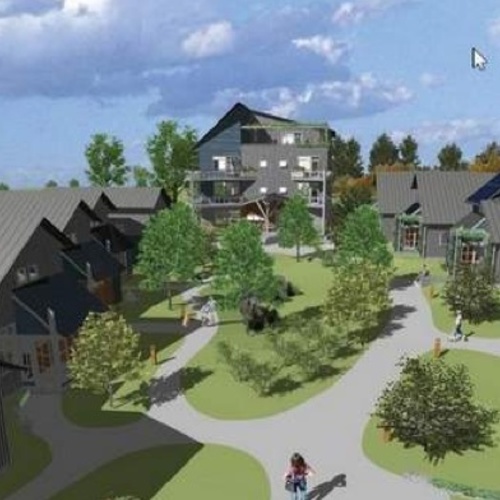
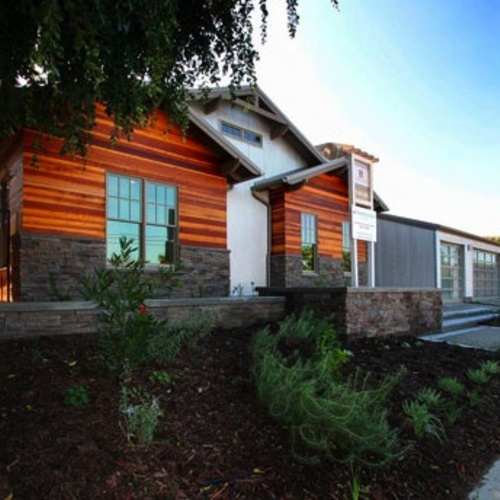
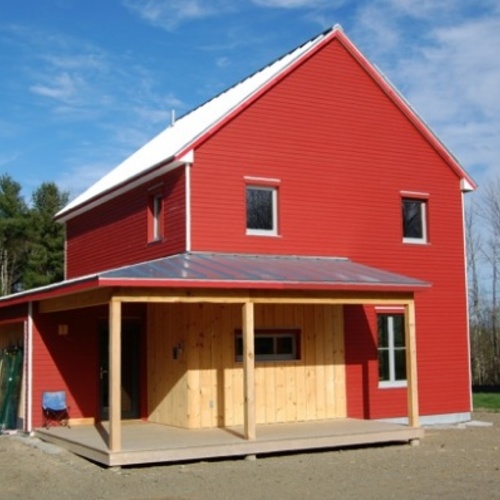
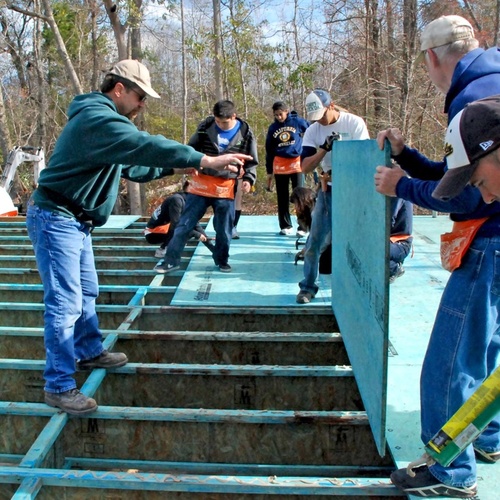






8 Comments
Walkability
I'd like to know what the WalkScore is for this place. Looks like they have about two parking spaces per dwelling unit. Living off the land in a rural area is one thing, but if people settle in a rural area and still expect urban amenities (jobs, restaurants, entertainment, etc.) that becomes a problem for transportation energy.
http://www.treehugger.com/cars/how-much-money-car-commuting-costing-you.html
Good Point TJ
Building a low energy subdivision in a far-flung location is green building's ultimate irony, and the developers need to be called on it. (Maybe this one is near a rail stop)
"Households in downtown Chicago produce one-quarter the greenhouse gases of households in nearby suburban Kane County"
http://www.washingtonpost.com/wp-dyn/content/article/2010/10/15/AR2010101505197.html
I'd like to see more redevelopment of salvageable urban neighborhoods.
correction: location
From what I can tell via Google, this place is nowhere near Pittsburgh. Actually, it looks like it's just outside of Wilmington and Newark, DE. But even so, it's far closer to Philly (the east side of PA) than Pittsburgh (the west side of PA).
If Google Maps has steered me wrong, then my apologies.
location corrrection
Minneapolis Disaster, you are right. Apologies. West Grove looks to be a litte more than 30 miles west of Philadelphia. The text has been corrected accordingly.
Transportation energy is a
Transportation energy is a factor, but not everyone wants to live in a *&^%$ city. Regardless of location, I applaud projects like this.
Walkability
The site appears to be neither urban or rural but on the edge of a small town.
From the development's website:
"Fantastic location on 7.5 acres across the street from the planned London Grove Community Park. Downtown West Grove, three schools and the SCOOT bus stop are within walking distance."
Via Google maps, downtown amenities appear to include restaurants, a bank, a public library and a yoga studio but not much in the way of non-service employment. No downtown grocery but there's a La Carreta less than a mile from downtown and eight other food stores within three miles. There appears to be a (disused?) RR ROW running through the town which could be of value for a low-carbon transportation future.
From a quick glace: probably a great low-carbon place to retire, bring up kids or telecommute, but for ordinary working stiffs the key selling point is likely the proximity to Highway 1 for the 30 mile commute to a suburban Philadelphia office park. With a workplace charging station you could do it all-electric in a Chevy Volt, better would be a commuter rail offering along the old ROW.
A pretty good balance, really, for many folks - not for the hipsters but otherwise reasonably well-resourced and a modest distance from the world-class cultural resources of Philadelphia. IMHO a pretty decent location model for green cohousing.
Gen Y and Cities
I can understand the desire to live out of town.
But developers may want to reconsider that business model given that 88% of millenials want an urban dwelling. Build for the 88%, not the 12%;
http://www.washingtonpost.com/wp-dyn/content/article/2010/10/15/AR2010101505197.html
Sure, it's difficult and risky to build new in urban neighborhoods and inner ring suburbs. But as anyone who has followed gentrification trends can tell you, the rewards can be much greater and it's a win-win energy wise.
30 miles of bad road
30 miles is nothing for a commute. Especially if it can be covered by an electric vehicle. Round here, people commute 60+ miles on average. just sayin'
Log in or create an account to post a comment.
Sign up Log in